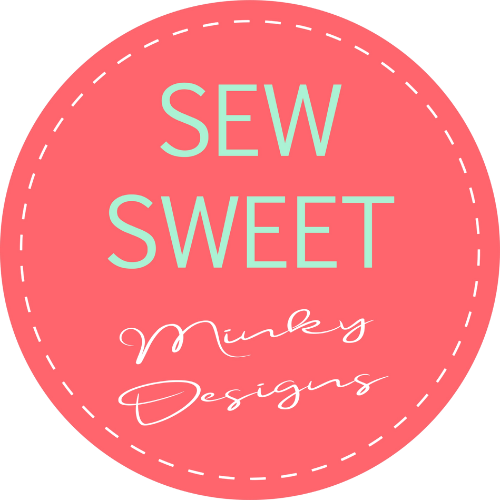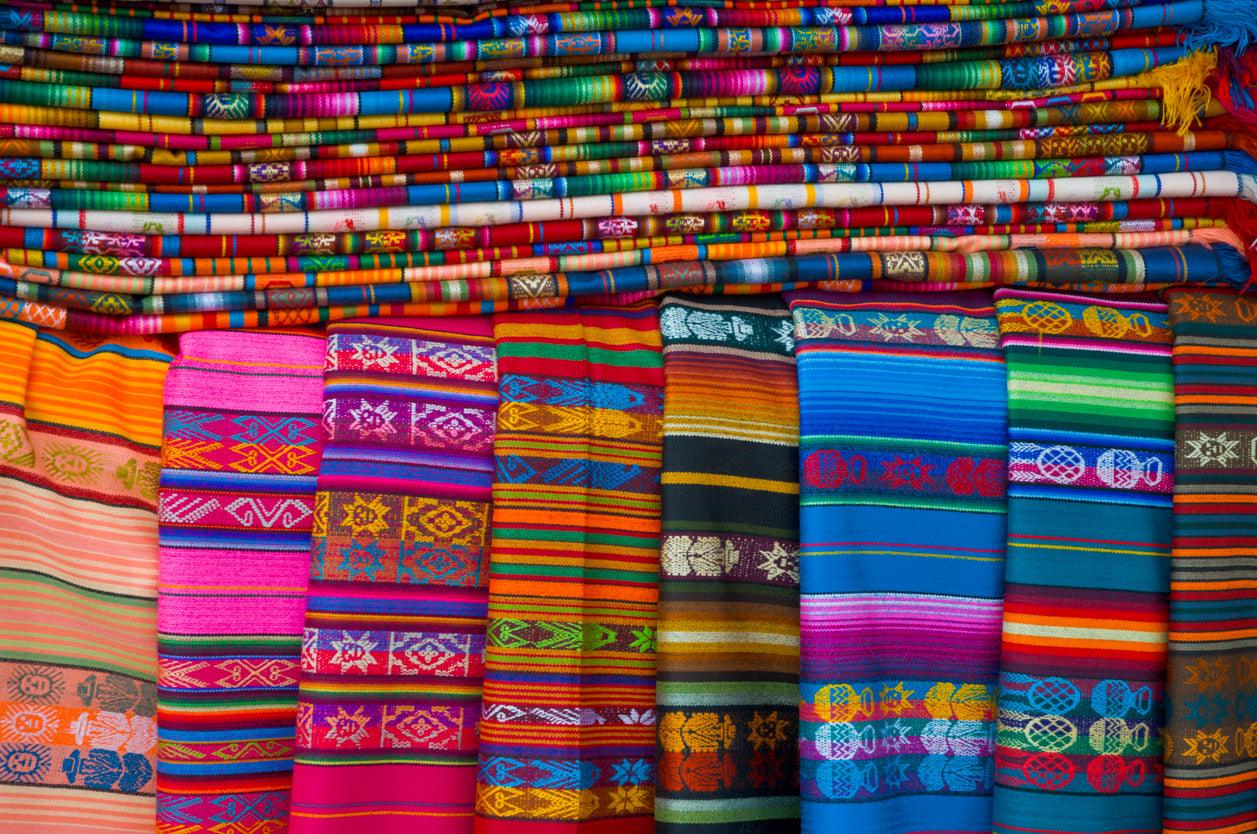There is no denying the beauty and the craftsmanship behind Native American blankets. Yet, being able to appreciate cultural blankets fully requires some knowledge on the subject of Navajo blanket patterns and the meaning behind the symbols and patterns within them.
Navajo Blanket Patterns
It doesn’t take long to notice the beauty embedded into the weave work of Native American blankets. Yet, understanding where Navajo blanket patterns originated and how the weaver decided what to include in the blanket isn’t something one could know by simply admiring the patterns.
Each Native American blanket you stumble upon has its own story, and that story is often decided upon by the weaver, or creator, of the blanket. Weavers frequently decide themselves what symbols and designs to put into each blanket, or “mantas,” as they are traditionally called.
In traditional Navajo settings, it is the women who are frequently the weavers of these blankets, and it’s up to them to select the patterns and colors that will be used.
Native American Chief Blankets
When you talk about Native American blankets, you must note the colors used in crafting them. In the early days of the Navajo, weavers were limited to browns, blacks, whites, grays, and some indigo blue.
These are the colors that were readily available and easy to get a hold of or make. While red was highly sought after as a color, it was harder for them to get their hands on. But when they did, they would use it masterfully.
Native American chief blankets are a style of blankets that have been through quite the design evolution. The colors used brought unparalleled amounts of energy to chief blankets, which have gone through design changes that are highly noticeable.
According to Canyon Road Arts, there were three distinct phases of chief blankets, and they all had colors and patterns that separated them from one another. The first phase of Native American chief blankets was made from 1800 to 1850 and included brown and white stripes, with the top, bottom, and center stripes often being larger than the others.
The second phase of chiefs' blankets was designed from 1840 to 1870, and these included red rectangles at the center of the manta with darker stripes at the ends.
The third phase of Native American chief blankets, which were made from 1860 to 1880, included the addition of serrated diamonds at the center in varying colors and also to the ends of the eider stripes on the blanket.
The final and fourth phase was created between 1870 and the early 1900s and included enlarged diamond motifs in the center and on the edges.
Symbols in Navajo Blanket Patterns
The meaning behind the designs included in Navajo blankets varies, but everything can be tied back to the ancestors of the Navajo people. The crosses that are often seen on Native American blankets are said to resemble the Spider Woman. The symbol for Spider Woman is thought to have been given to early Navajo women to remember her teachings and wisdom.
As for the diamonds, many Navajo grandmothers believe they are symbols of the Dinétah, or Navajo homeland, with the four corners of the diamond representing the four sacred mountains, and also representing the four directions of the wind.
Zig zag patterns are thought to symbolize the lightning bolts that the holy deities who created the Navajo entered the world on after traveling by sun rays.
Navajo women are frequently the ones who weave these blankets with varying patterns, and it’s up to their discretion which patterns and colors get added to what blankets, as each blanket often has a meaning all its own. There is a lot of power and energy built into the very design of Native American blankets, and their sheer beauty makes them highly sought-after items.


Share:
The Best Road Trip Blanket for Traveling
How to Keep A Fluffy Blanket Fluffy